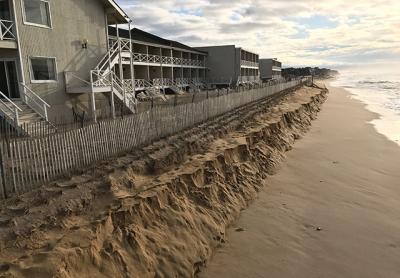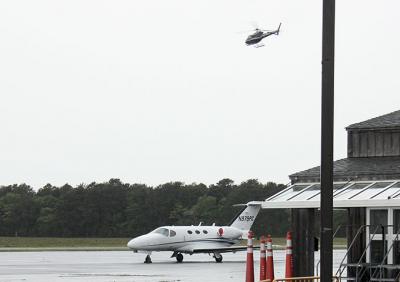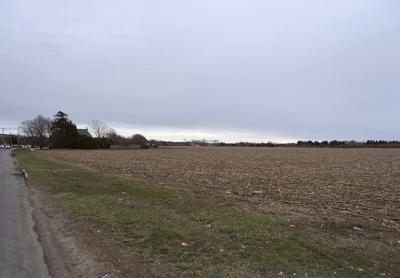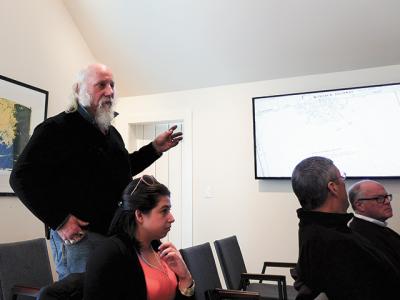Henry Drops Out of Running
Henry Drops Out of Running
Last Thursday’s deadline to file petitions to be on the ballot in the June 26 Democratic primary election for New York’s First Congressional District has claimed one victim.
Brendon Henry, a bartender and musician who also works for a plumbing supply company, said yesterday that he had no choice but to suspend his campaign when he was unable to submit the minimum 1,250 signatures of registered Democrats living in the district. “We were very close on signatures,” he said. “We were just a little undermanned. We gave it a good run. When it came down to it, it wasn’t working out.”
His volunteer staff of 12 had collected more than 1,000 signatures, he said. “They did great, but with the storms and bad weather, it held us off a little.” Getting a petition with the required number of signatures postmarked before the deadline was impossible, he said. “We didn’t have enough time to get it all together.”
Mr. Henry, who lives in Center Moriches, also cited his wife’s pregnancy in deciding to suspend his campaign. “Going forward, we’ll see what happens,” he said. “I’m not trying to become a politician, but if I see another place where I could help, I would definitely be willing to think about it.”
Perry Gershon, Kate Browning, Elaine DiMasi, David Pechefsky, and Vivian Viloria-Fisher remain in the hunt for the Democrats’ nomination. Mr. Henry pledged to support the primary’s victor. The winner will challenge Representative Lee Zeldin, who is seeking a third term.





